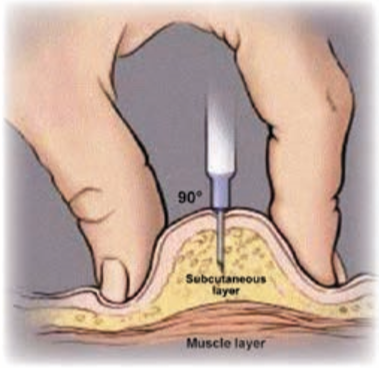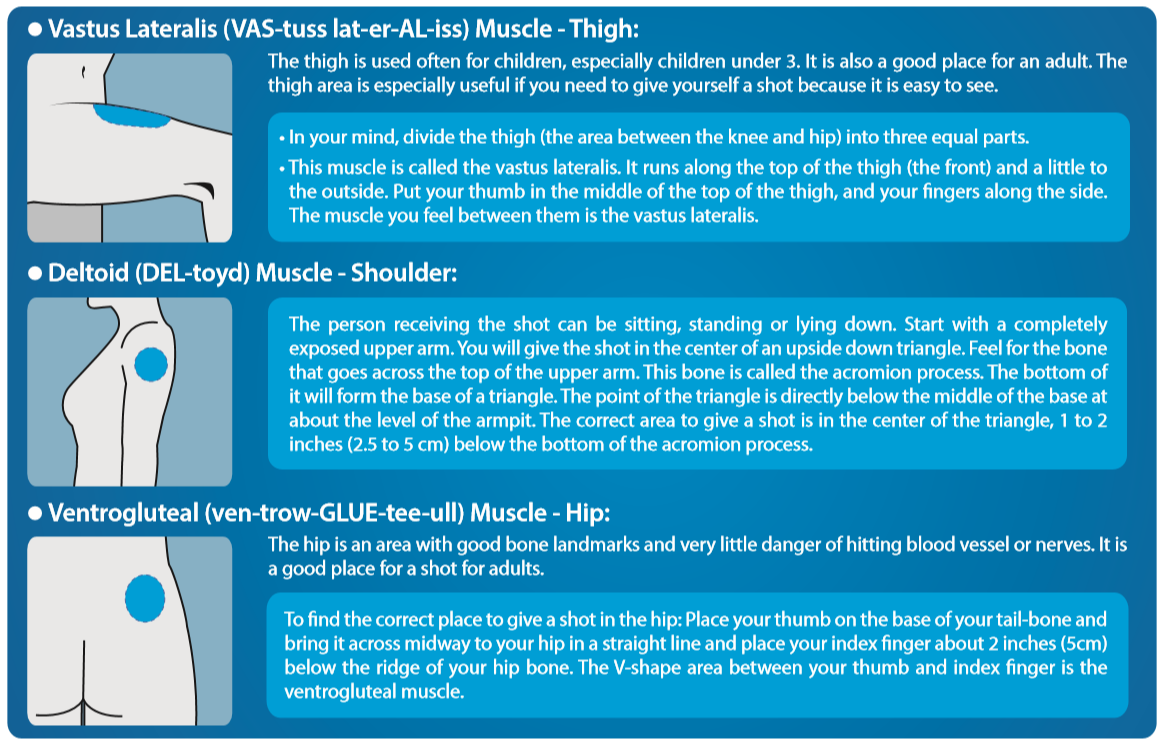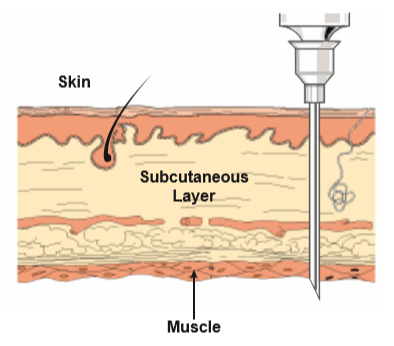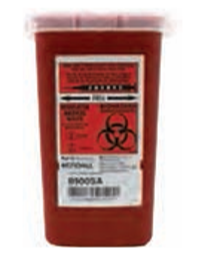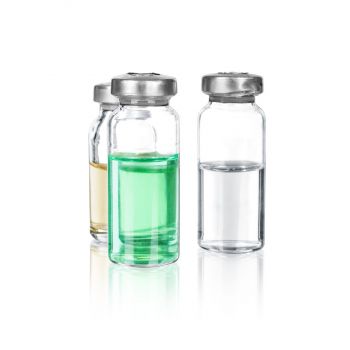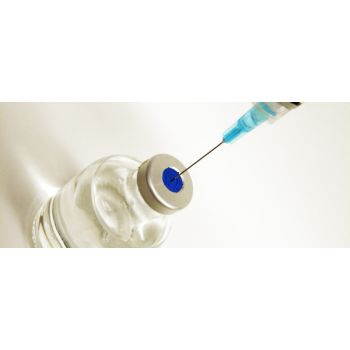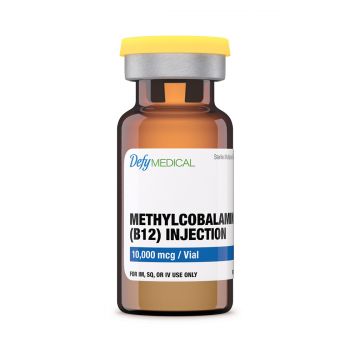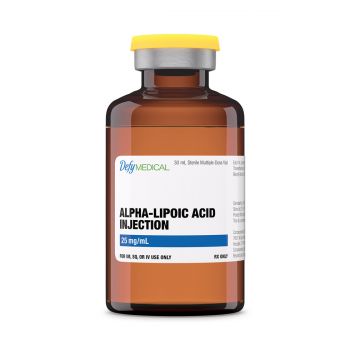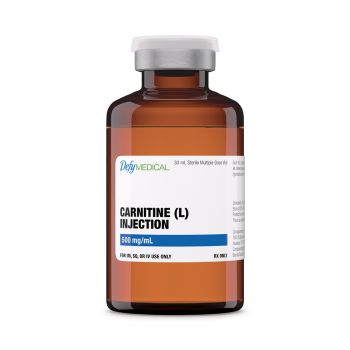Lipo-C injectable, 10mL (Empower formula)
Methionine/ Choline Chloride / L-Carnitine / Dexpanthenol 15/50/50/5 mg/mL
LIPO-C is a favorite for patients looking to boost energy, burn fat, and protect lean muscle.
LIPO-C is a lipotropic injection, which means it encourages fat burn to help patients work toward fat loss goals.
When combined with a healthy diet and exercise, lipotropic injections like LIPO-C have assisted patients in achieving healthier body composition.

This specially compounded blend includes:
- L-Carnitine
- Methionine
- Choline Chloride
- B5 (Dexpanthenol)
LIPO-C is particularly effective at encouraging the body to burn fat from hard-to-lose areas like:
- The tummy
- Inner thighs and buttocks
- Neck
- Hips
LIPO-C injections are powerful and cost-effective because they go directly into the bloodstream, rather than through the digestive tract. That way, all the lipotropic blend can be used by the body.
Lipo-C is a compounded lipotropic used for injection. It is used for liver disease; increases liver enzymes; and improves fat metabolism and energy. Lipo-C is a custom formulated lipotropic injection used to promote body fat reduction and preserve lean muscle tissue. Lipotropic injections can also be used to maintain healthy liver function and protect the liver from disease.
| Pharmacy | Empower |
|---|---|
| Instructions | Lipo-C Topics
Patient Instructions Each bottle of Lipo-C will arrive ready to inject (no reconstitution necessary). Store away from light; refrigerate after the vial has been punctured. What items do I need to give a shot?
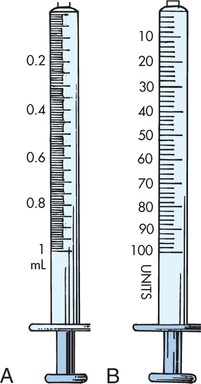
Subcutaneous shots can be given straight in at a 90-degree angle, or at a 45-degree angle. You can give the shot at a 90-degree angle if 2 inches of skin can be grasped between your thumb and first (index) finger. If only 1 inch of skin can be grasped, give the shot at a 45-degree angle
Where can I give a subcutaneous shot? There are many sites on the body that are safe to give Subcutaneous shots.
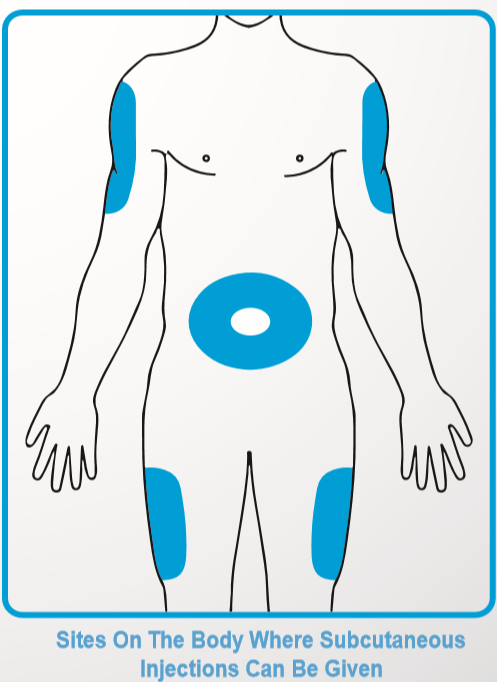 How do I inject medication into subcutaneous tissue?
How to transfer contents from vial to syringe First, remove the plastic cap from the medication vial and use an alcohol wipe to cleanse the rubber stopper. With a fresh, unused syringe, pull back on the plunger to the amount you are injecting, bringing air into the syringe. Now, remove the plastic cap from the needle. Insert the needle into the vial and slowly push (inject) the air from the syringe into the vial. This will displace the liquid in the vial when you withdraw the medication. Turn the vial and syringe upside down and carefully draw the fluid back into the syringe to the line designating the desired amount of medication. If you see any air bubbles, lightly tap or flick the syringe to draw the bubbles to the top (the end with the needle) and expel the air. Note that a small amount of medication may release as well. This is normal. You are now ready to inject. Where can I give an intramuscular shot? The skin and the muscles under the skin cover nerves, blood vessels and bones. It is important to give a shot where you will not hurt any of these body parts. There are 6 possible areas, 3 on each side of the body, where an Intramuscular (IM) shot can be given. It is important to choose the correct area. If caregivers showed you what areas are safe, follow their directions. Constantly change the area where you give shots. If you give a shot in the same place every day or even every week, scar tissue can build up. The scar tissue can negatively affect how the medication will work. Following this information will help you choose the safest areas to give an intramuscular injection.
How do I choose the best muscle for the shot? If your caregivers have told you which muscle to use, follow their directions. Many change with age. For example, the rear-end area is never used for infants or children under 3-years old because it is not developed well enough. The deltoid may work well for a person with developed muscles in the upper body. The deltoid cannot be used if that area is very thin or underused. The muscle must be easy to reach. How do I inject nutrients into a muscle?
How do I dispose of used syringes and needles? You can purchase a Sharps Container, a hard-plastic container made for used syringes and needles, at your local pharmacy. If you did not purchase this container with your medication, you can use a hard-plastic container with a screw-on top such as a clothing softener or hard plastic detergent bottle. Be sure you can put both the syringe and the needle into the container easily. Whatever container you choose, be sure needles cannot break through the sides, bottom or top. Call your primary care physician or your local pharmacy to find out what your state or local requirements are for disposing of used syringes and needles.
|

